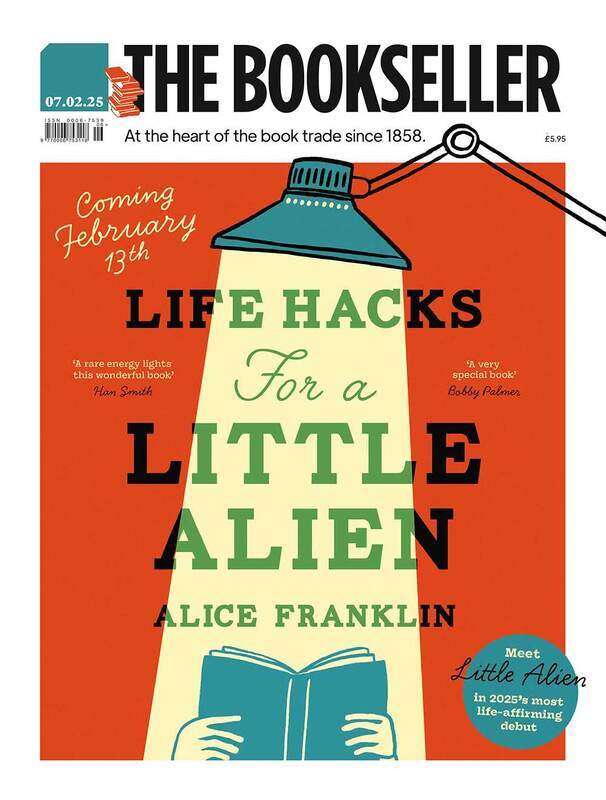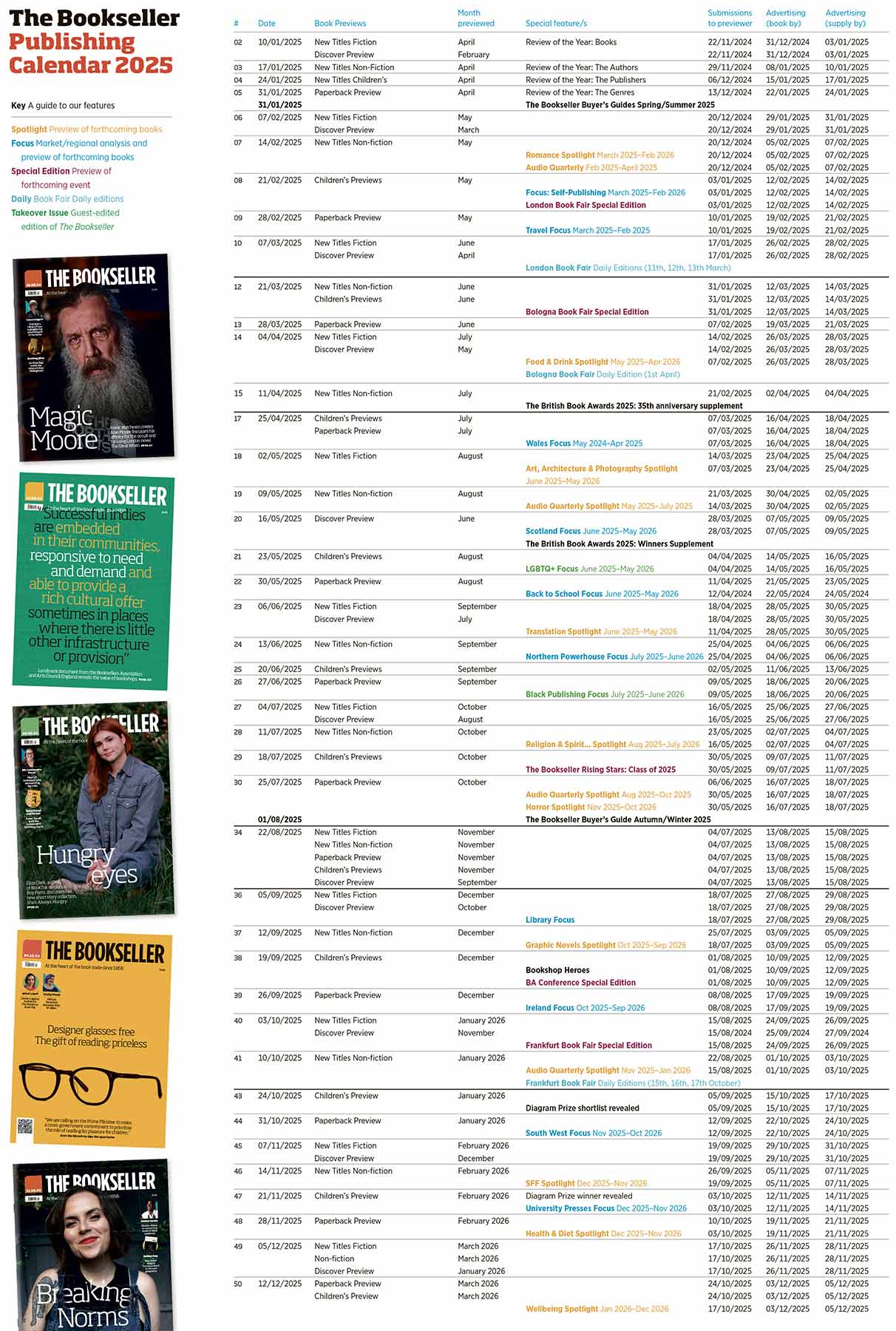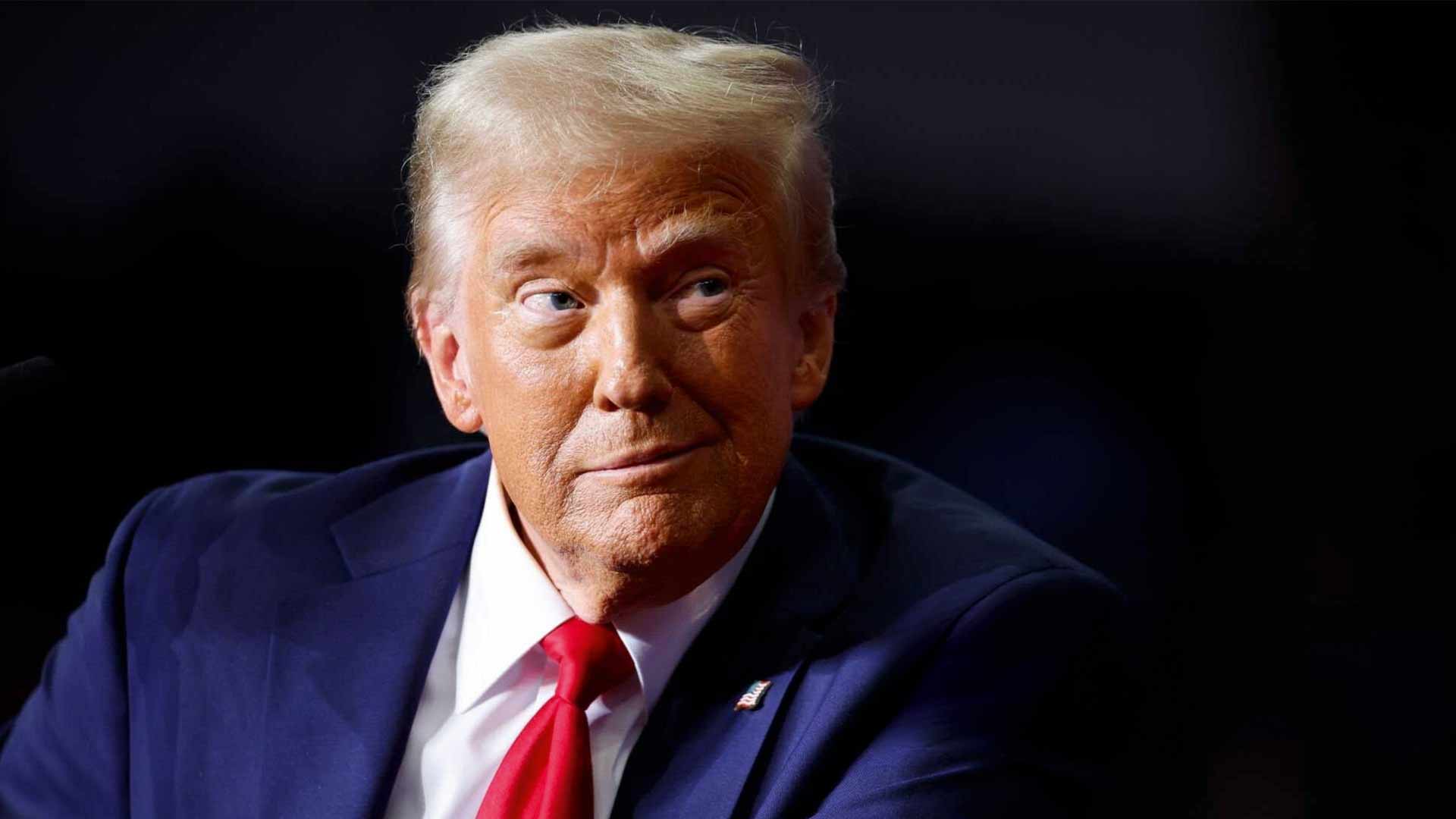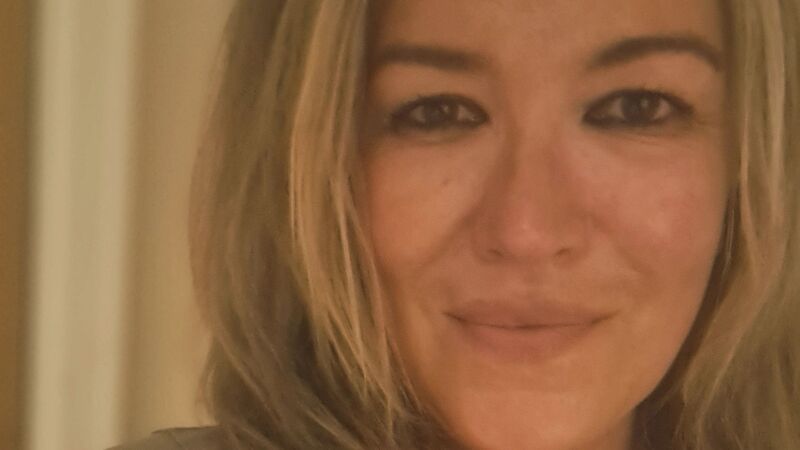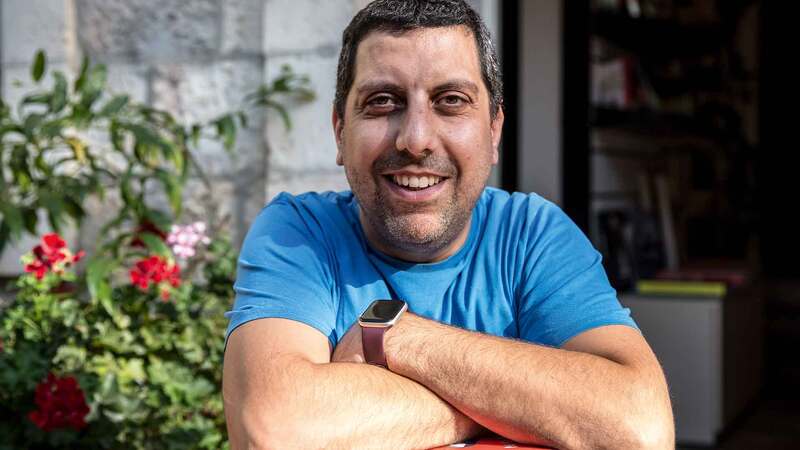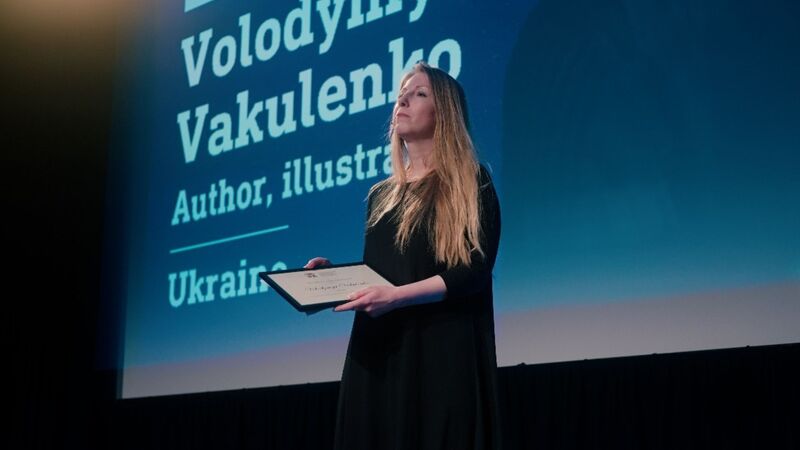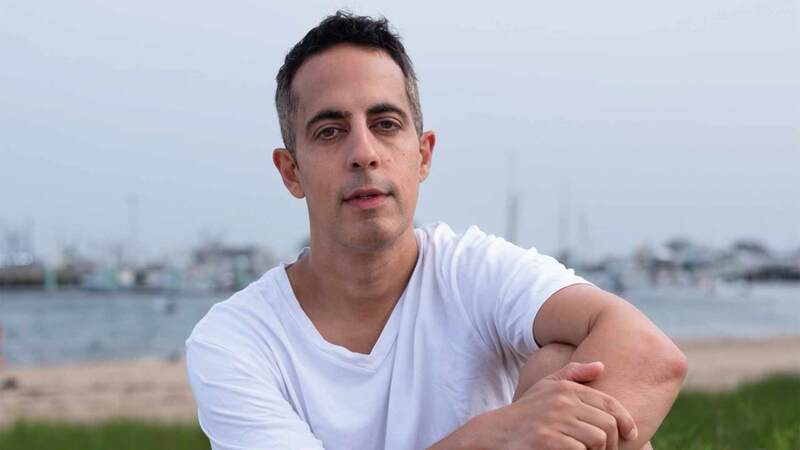You are viewing your 1 free article this month. Login to read more articles.
Will medical publishers fight Trump’s war on 'woke'?
The collective resolve of the medical publishing industry is being put to the test.
For the past few weeks, medical publishers have been grappling with reports of expansive censorship orders at the US’ Centers for Disease Control and Prevention (CDC). The US Department of Health ordered a freeze on public health communications from federal agencies that now require pre-publication approval by a political appointee. The CDC has scrubbed public webpages and databases on rates of HIV and health disparities among LGBTQ+ communities. Unnamed sources have shared details of a directive to withdraw unpublished papers that will be screened for a list of "forbidden words", like transgender, pregnant person, LGBTQ+ or non-binary. CDC staff must rescind co-authorship if they cannot ensure compliance.
The root cause was a memo released on 29th January by the US Office of Personnel Management (OPM), enacting Trump’s executive order to recognise only two sexes: male and female.
Federal agencies, like the CDC, are now scrutinising "outward facing media" and "final or pending documents" that serve, however tenuously, to "inculcate or promote gender ideology". The CDC was the first federal agency to extend the enforcement of the OPM memo to scholarly publications, exercising what has been described as "pre-emptive obedience" to avoid ruthless cuts in staff resources and funding. It may not be the last.
The global medical and scientific publishing industry is facing some hard choices. CDC funding is associated with around 3,500 journal papers annually. Other federal agencies, like the National Institutes of Health – the largest state funder of biomedical research worldwide – supports over 8,000 papers each year alongside scholarly books and reference works. Many CDC-backed studies are published in leading medical journals in the UK like the Lancet and the British Medical Journal. The editors of both journals have, in solidarity with their US-based counterparts, led the charge against the CDC’s censorship orders. They have refused to "yield to bad practice like gag orders, suppression and authoritarian whims" by rescinding co-authorship or retracting "articles on request by an author on the basis that they contain so-called banned words". But although many medical journal editors have made their position known, medical publishers are, for now, conspicuously silent.
Although many medical journal editors have made their position known, medical publishers are, for now, conspicuously silent
It is worth highlighting that the industry faced a similar dilemma in late 2017, as several leading scholarly publishers encountered state pressure to amend content collections in China. Like now, there was public outcry and calls for a coordinated stand against censorship complicity. But industry coordination was not forthcoming. I interviewed publishers from 2019 to 2022 across all levels of seniority to understand the conditions of self-censorship in China. The barriers to collective action were deep rooted. Interviewees described an absence of agency to resist. For most, responsibility lay elsewhere: management boards; trade bodies; even academic editors and their research communities, failing to hold publishers accountable to their own standards. Decisions were taken in a climate of fear and uncertainty about the consequences of censorship compliance and the penalties for resistance.
Despite some early attempts to share information, publishers quickly turned inwards and shut down external discussions. Suspicions arose that some were irreversibly enmeshed in China’s vetting procedures for the import and distribution of scholarly books and journals. Public outrage simmered to apathy and, for some, self-censorship became the new normal while public attention shifted to fresh controversies, like consent issues surrounding the (mis)use of genetic data gathered from members of Xinjiang’s Uyghur ethnic group, or pre-publication vetting of Covid-19 research.
It is far from clear whether the medical publishing industry will overcome these barriers and forge a different path. Publishers that prevent CDC-backed authors from removing their names from papers, or that block amendments to inclusive language, may, in the process, delay or prevent the publication of significant medical research findings. With commercial incentives for publishers to attract federally funded research outputs amidst sincere concerns about authors’ publishinh rights, compromises may be struck that kickstart a race to the bottom in ethics standards and embolden the Trump administration’s agenda.
But there are good reasons to trust that publishers will work together to resist this latest round of censorship pressures. In many cases, enforcing the CDC’s orders would be brazenly censorious, leading to the suppression of core demographic data that render research papers methodologically incoherent. There are signs of a gradual thaw in the communications freeze affecting public health research and reinstatement of public access to vital datasets, as federal agencies face mounting legal obstacles and public indignation. Meanwhile trade publishers have paved the way in collectively opposing what they deem as unlawful book bans in Florida and Idaho through a series of joint lawsuits.
The collective resolve of the medical publishing industry is being put to the test. This is an opportunity for the industry to affirm its commitment to safeguard the scholarly record from ideological distortion. Censorship in health research affects us all. We share a responsibility to stand firm and decry Trump’s war on "gender ideology" as a full-scale assault on the scientific method.


